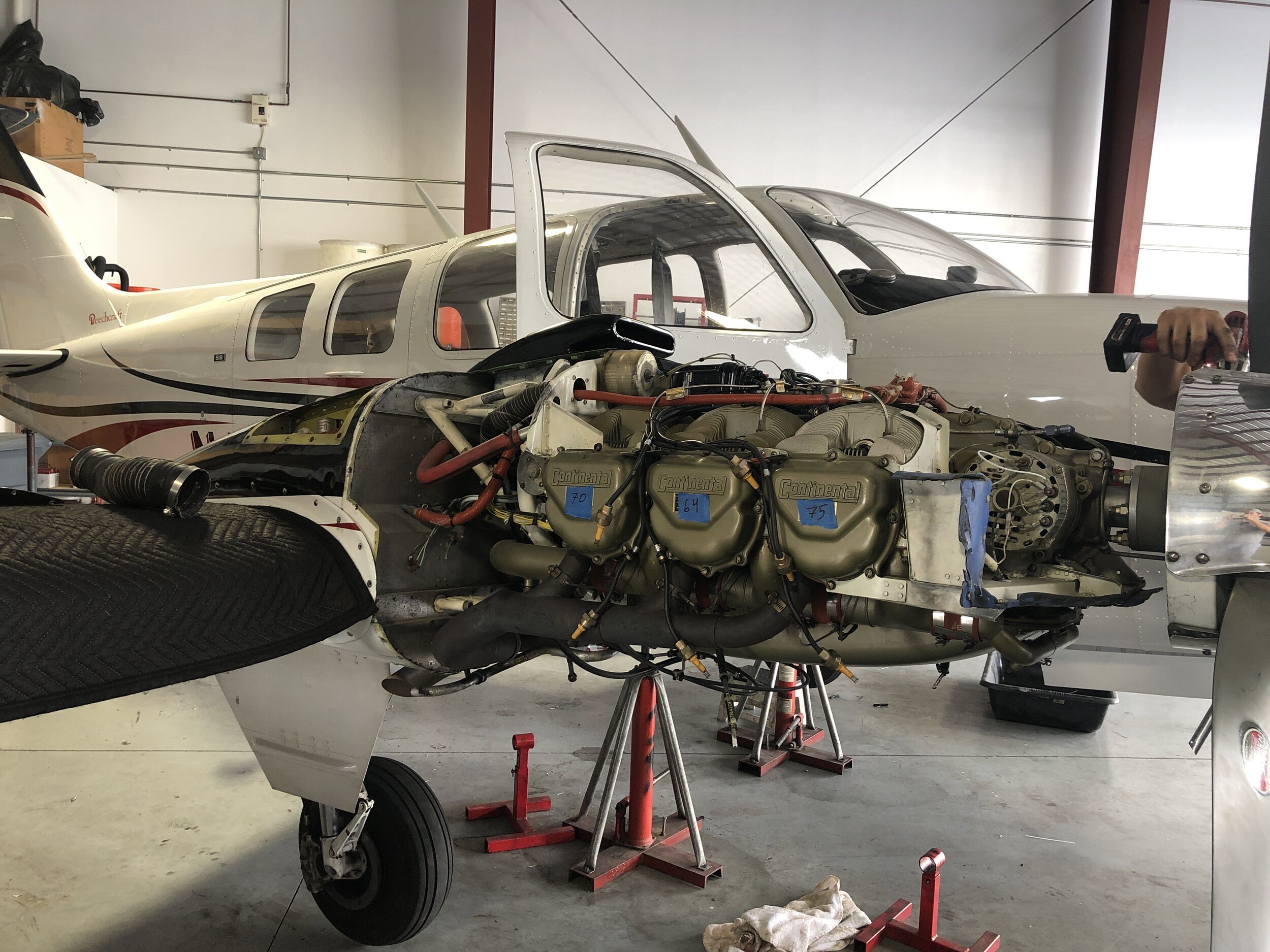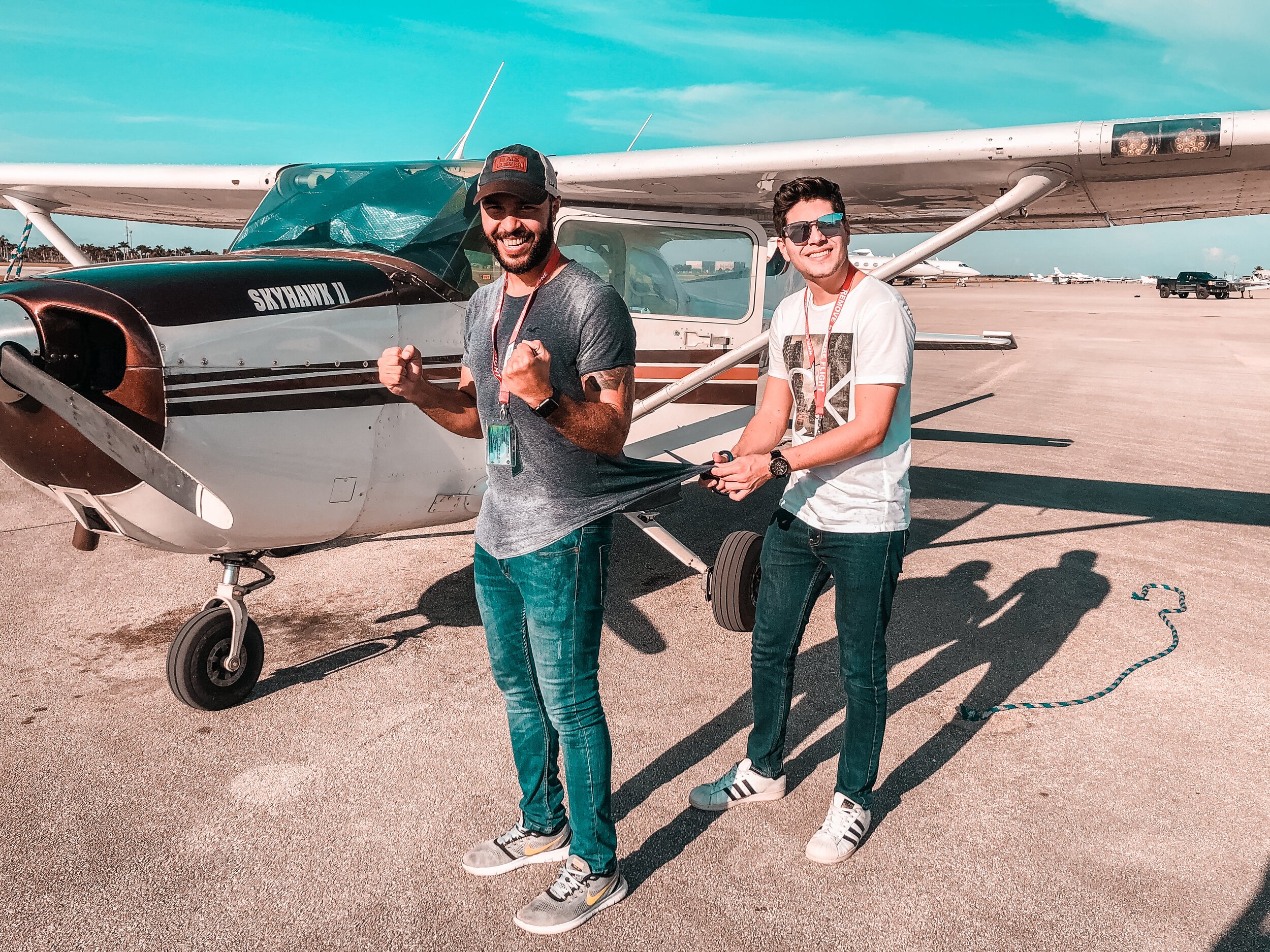5 Key Things to Look for in a Flight School
By: Felipe Santiago
With over twelve years of being active in the flight school business, I have had the opportunity to see it all. Unfortunately not everything I seen has been good but though those experiences I have learned what is good and what is bad. Here are the 5 Key things to look for when choosing a flight school. I wish everyone read this before making a decision.
1. Guaranteed Prices or Flat Rates
There are a few flight schools out there that will charge flat rates for flight training. For someone that doesn’t know much about flying this may sound like a great idea. As an owner of a school I would to give everyone a flat rate but unfortunately it is nearly impossible. Everyone learns at different speeds and while some people can finish a PPL with close to 40 hours some can take more time.
2. Bare Minimum Price Sheets
I see many times school that list 40 hours for a Private Pilot Certificate with 20 hours of flight instruction and 20 hours of ground instruction. That’s it! Then someone that doesn’t know thinks that’s the real cost. In reality it is more than that. If they show 40 hours but disclose that some people take longer, then that’s fair. Remember that there are other costs that even though they might not go directly to the school, you will still be responsible for them. Example your written test fee, medical exam, check ride fee, and pilot supplies.
3. Poor Maintenance
This is the hardest thing to identify as a new student because you don’t know what you are looking for. The best suggestion is too look up reviews online or search the name of the flight school and see what comes up. You can usually tell how the flight school’s maintenance is by the appearance of the airplanes. If they are dirty or mistreated, then most likely so is the maintenance. If the silverware at a restaurant are dirty, so will be the kitchen your food is made.

Beechcraft Baron 58 while it goes thru its annual inspection.
4. Read the Fine Print
You might see the price sheet and the prices are great but there could be a catch. Here is my favorite. Insurance. In our school we require you have renters insurance, it is your policy and you can use it anywhere in the States. I see price sheets that show the cost per hour then on the fine print they add $7/hr for insurance which is required for every flight. If you do 250 hrs with then that’s an extra $1,750! Why not just add it to the actual hourly rate? Shady in my opinion. Also understand and look for the difference between wet and dry, meaning with fuel or without fuel. I have also seen a fuel surcharge fee, which can change at anytime.
5. Instructor and Syllabus
Most Part 61 schools don’t follow a syllabus. While flexibility is a nice thing about part 61, using a syllabus is important. Your instructor has a few students and they can’t remember exactly where you are every time. Not having a structured training plan can lead to time wasted. We all know how expensive time wasted cost in aviation. Look for a CFI that follows a syllabus and cares for your training, it will save you time and money.

Chief CFI Juan Pineda cutting his students shirt after his first solo flight!


.png?width=178&height=50&name=Aviator%20Zone%20Academy%20(5).png)
Submit a Comment